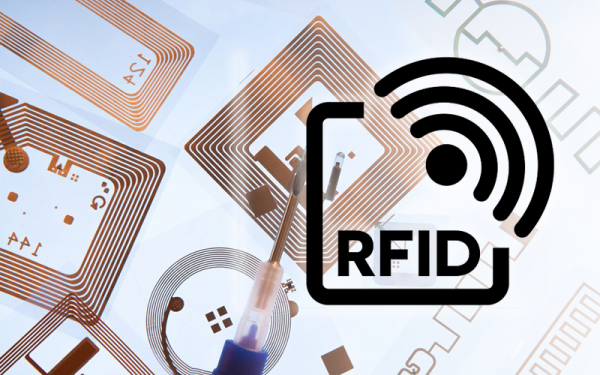by Jason Southern – Channel Manager
Anyone who has been around the POS market a little while will have heard plenty about Radio Frequency Identification (RFID) technology.
For more than a decade now, we have been told that RFID, a technology which combines microchips with a wireless radio scanning system, would be the one to replace the Universal Product Code (UPC), the standard and near ubiquitous barcode technology used in retail today.
We have been told RFID, which can store vastly greater amounts of information than UPC, would one day lead to the end of staffed checkouts at the grocery store, as RFID scanners do not need a clear line of site and could pick out everything in a basket automatically.
But that has not happened. Self Service checkouts still rely on UPC, and no one has yet figured out a way to make a store where you can just pick up what you want and the bill gets sent to your cell phone (Amazon is trying, but they are not using RFID).
So the question is, how come? Is RFID a false dawn in the future of POS technology? Or is it just a matter of staying patient?
RFID in Retail
RFID is probably a lot older, and used more widely, than most people realise. It has been used to tag cattle on ranches so they can be tracked and identified for years. It is what veterinarians use when they tag pets. Other common uses include electronic access control keys, and heavy duty versions for tracking shipping containers, machinery, railroad cars and so on.
The technology is also widely used in retail, as the anti-theft detection tags which are linked to store alarm systems. However, this is a very basic use of RFID.
Because they are basically a microchip with an antenna, RFID tags are capable of storing huge amounts of information about a product – date of manufacture, date of shipping, serial number, price, size, colour and so on. With the right kind of radio scanner, this data can also be edited. So, for example, you could set up a system where the purchase date is added to the chip when it is scanned at point of sale.
This is why so many people believe RFID is still the future of POS, not so much for the possibilities of walk through checkouts, but for improving stock control and even supply chain logistics. Once an RFID tag is scanned at an EPOS terminal, the central computer immediately knows everything about that item. Stock data can be updated in real time, it can be replaced on the shelf more quickly, and if stocks are low it can even trigger an order to the supplier.
Information Sharing
This can help retailers meet customers’ expectations that they should always have the right products in the right place at the right time. It reduces the labour costs associated with constant monitoring, and the risk of human error. With RFID, POS becomes part of a broader information sharing network that helps retail and supply chain operations run more efficiently.
The technology to be able to do this is already readily available and mature. The only barrier is the cost of the RFID tags themselves – having a dedicated tag on every single item in a grocery store is still considerably more expensive than printing a UPC code. If and when the cost of RFID chips falls, which will be driven by industry demand, we can expect the technology to become a major feature of EPOS.





